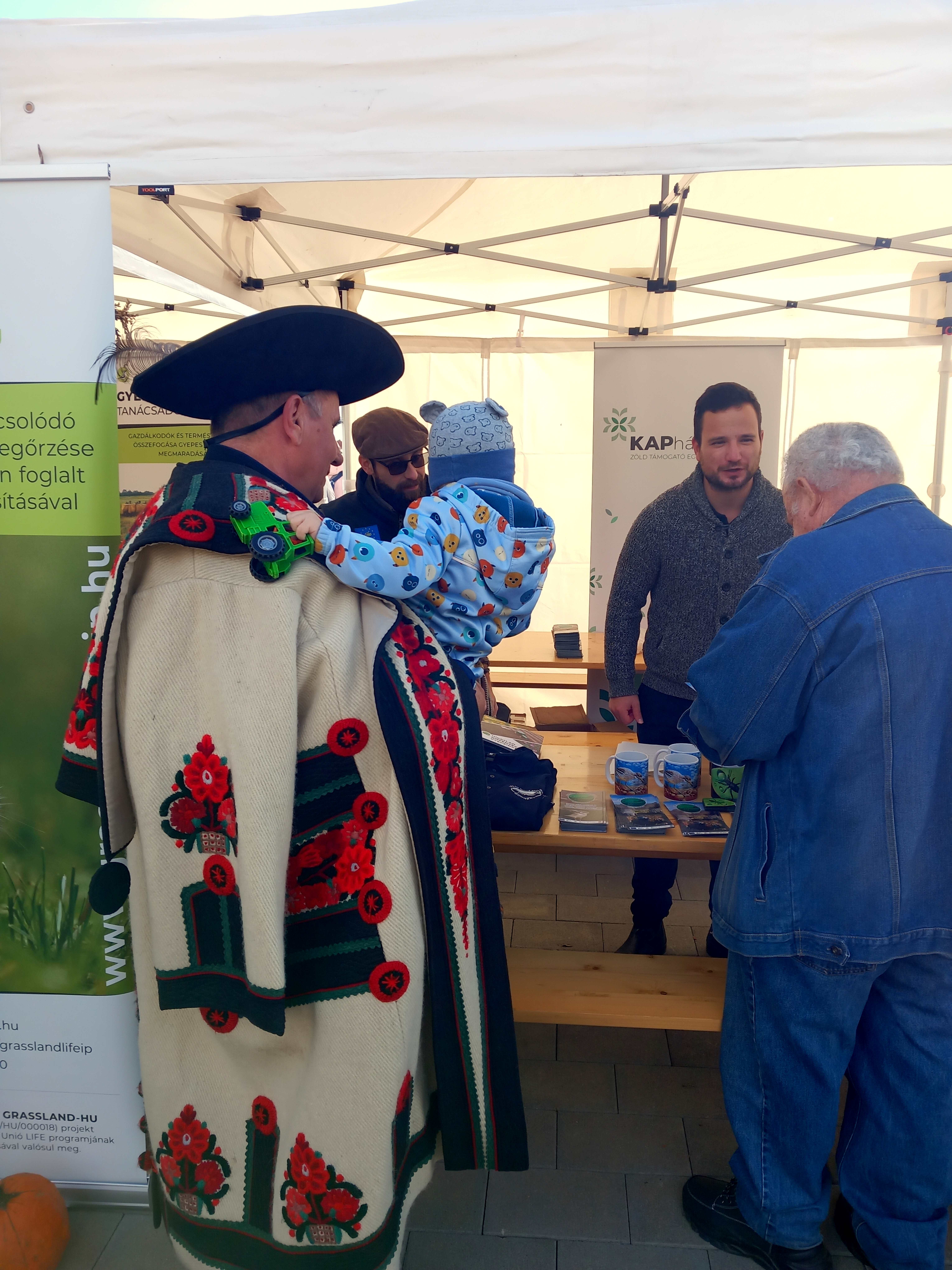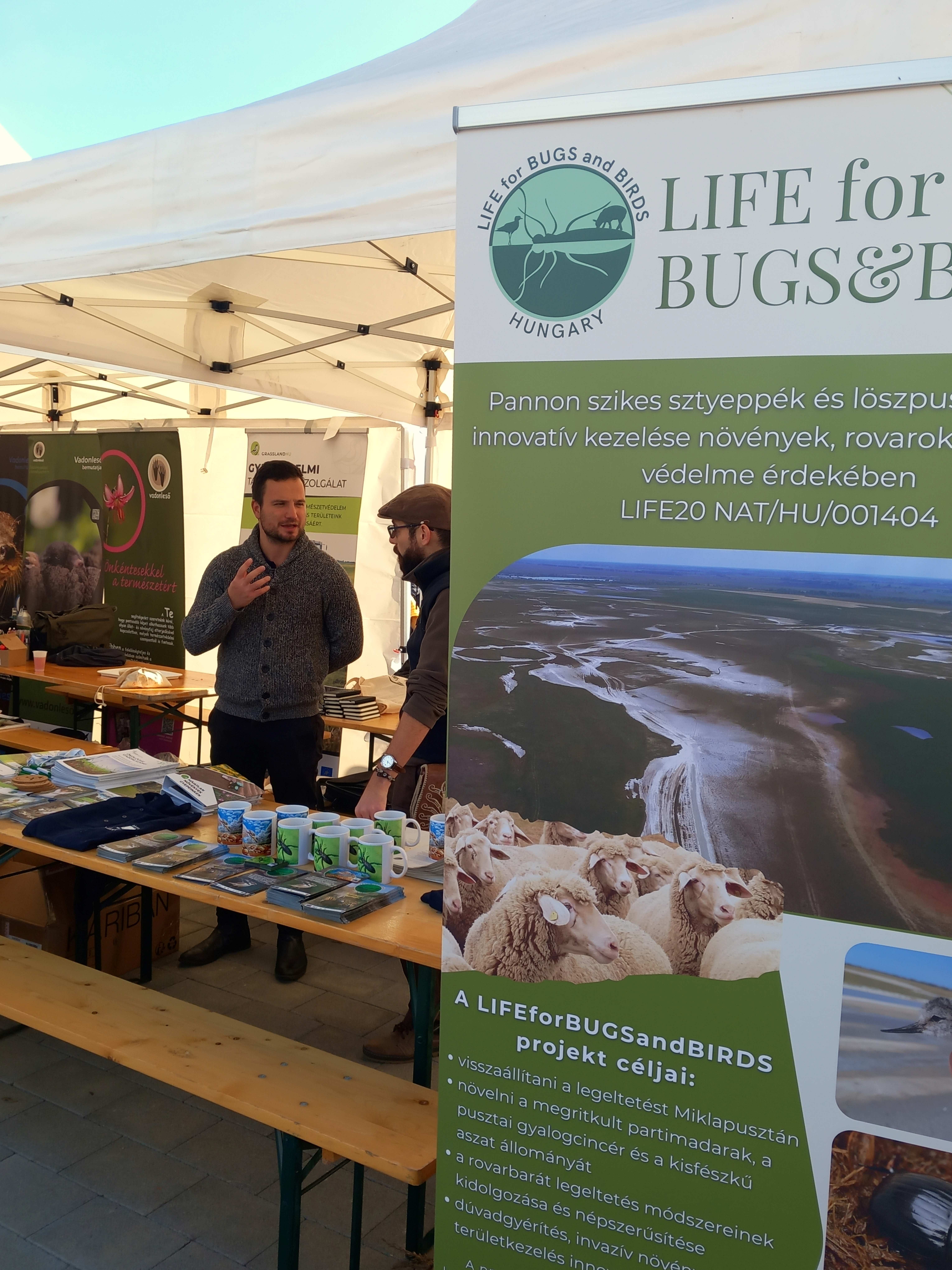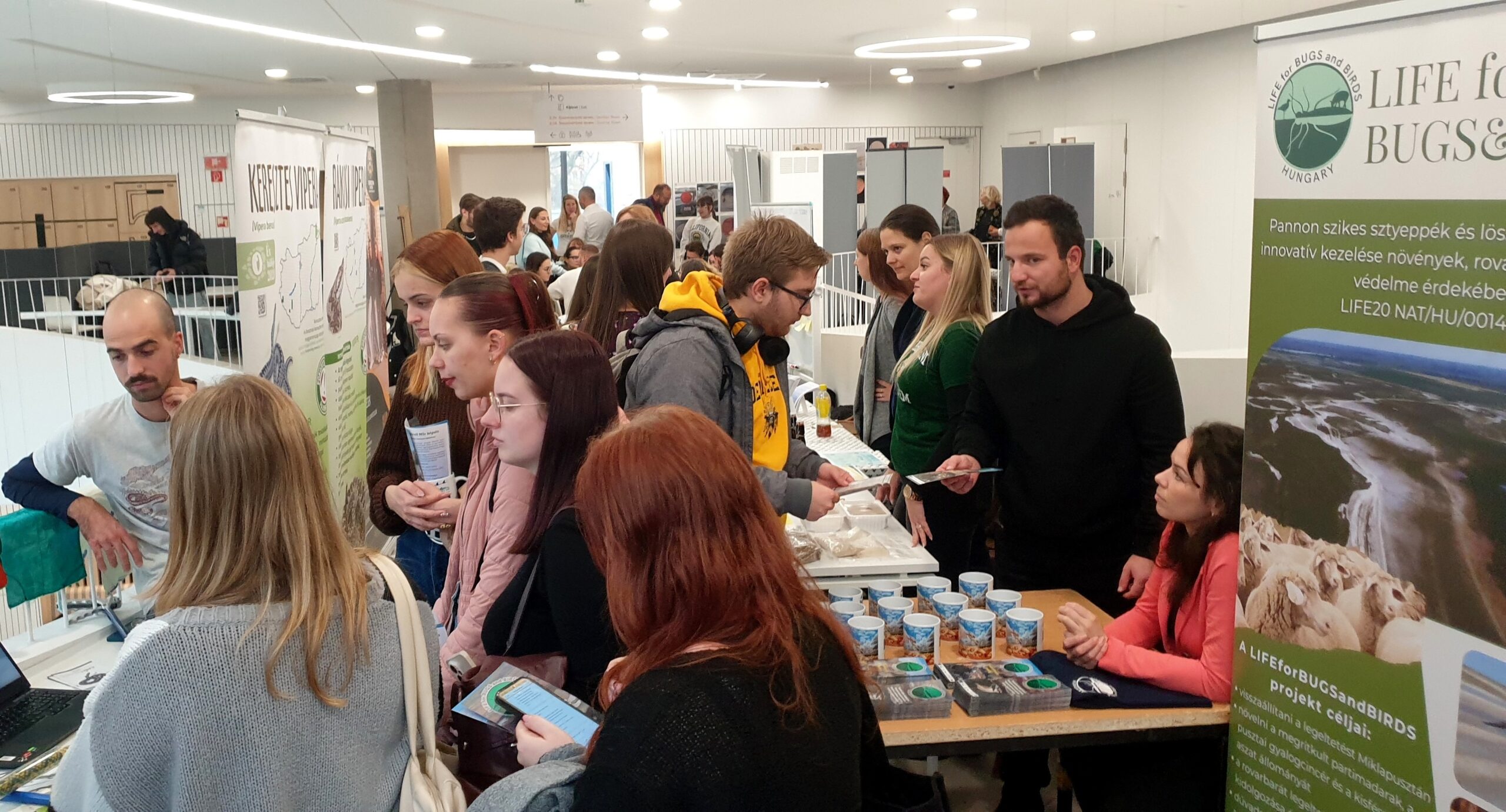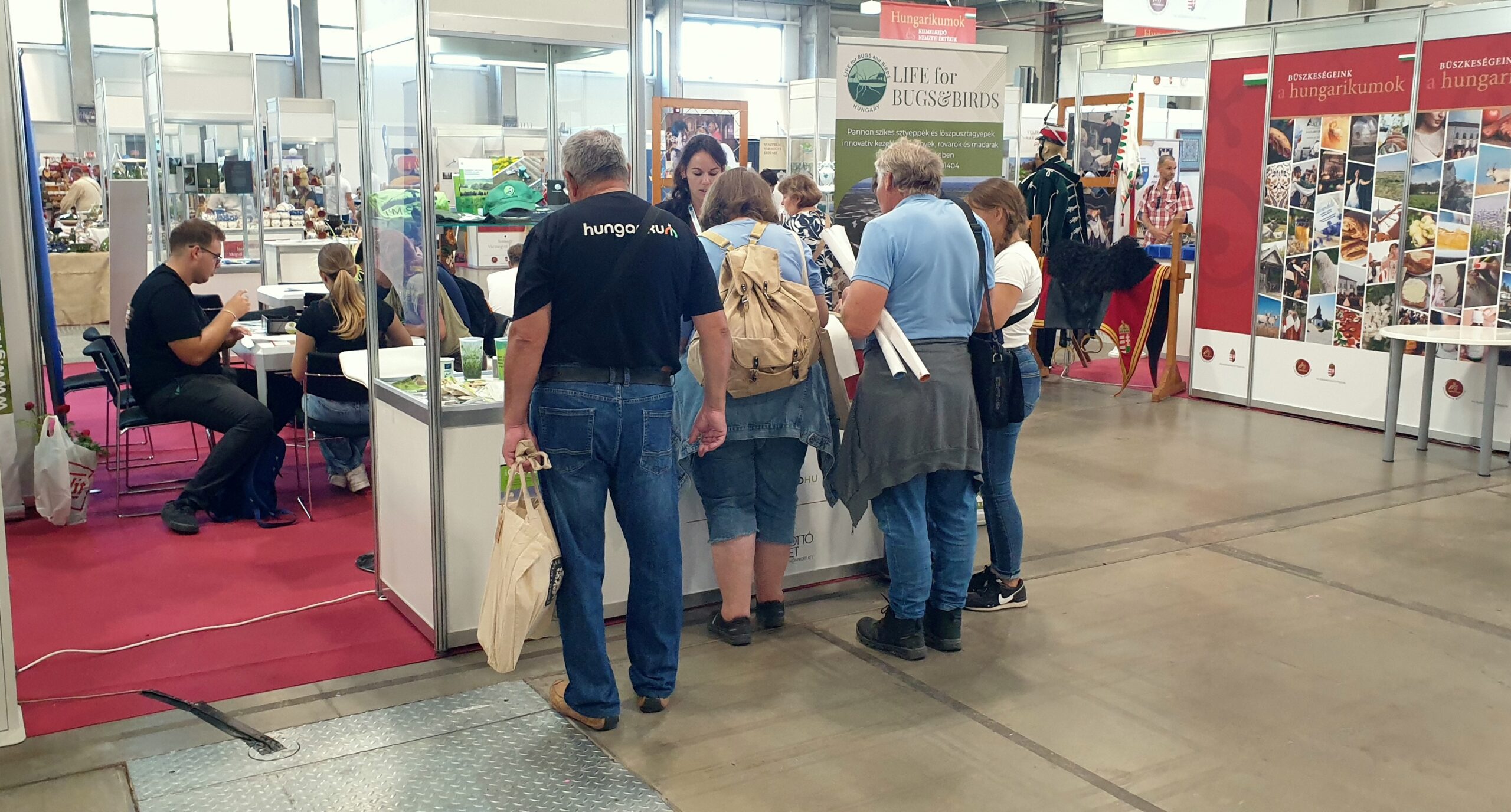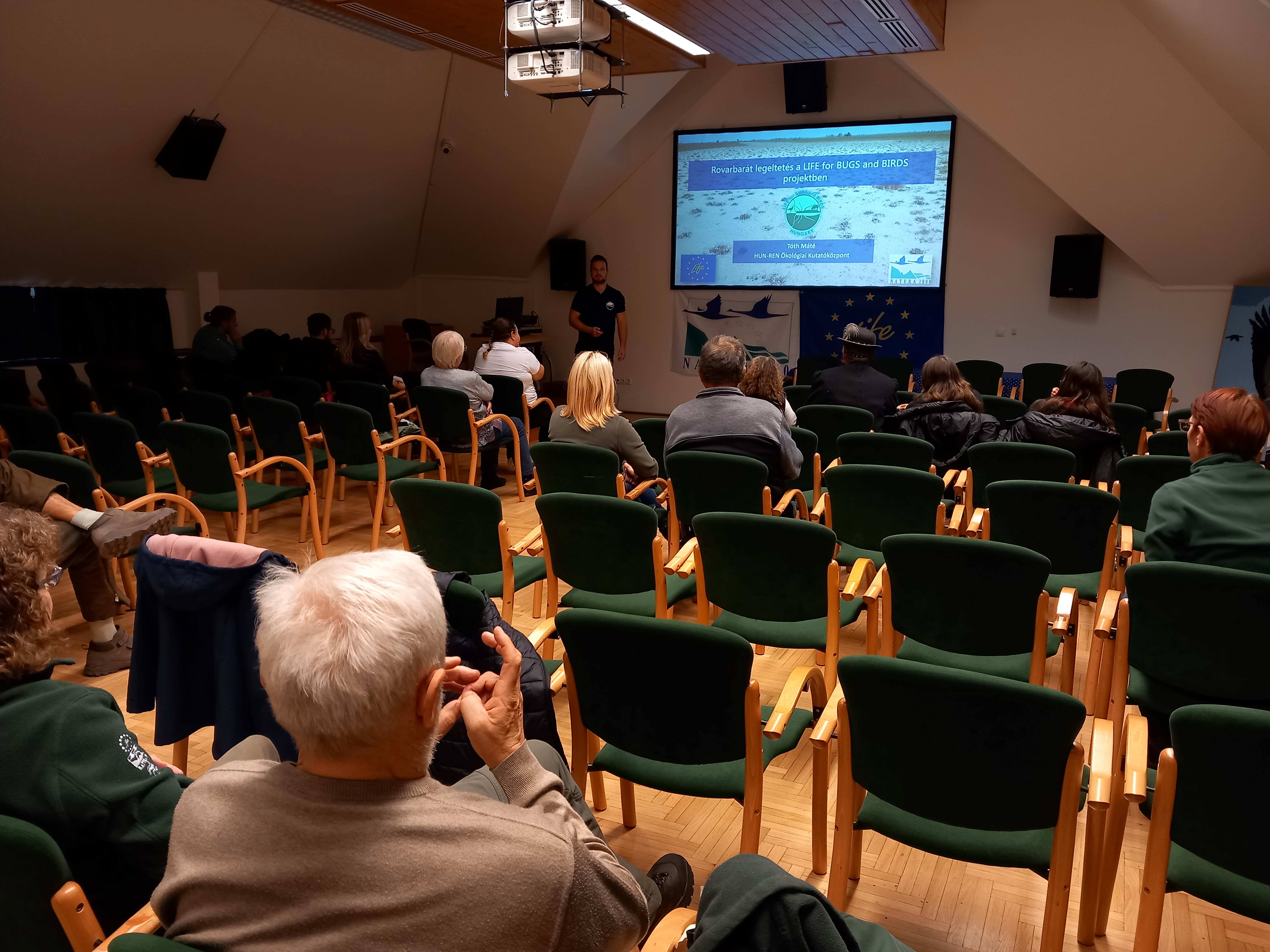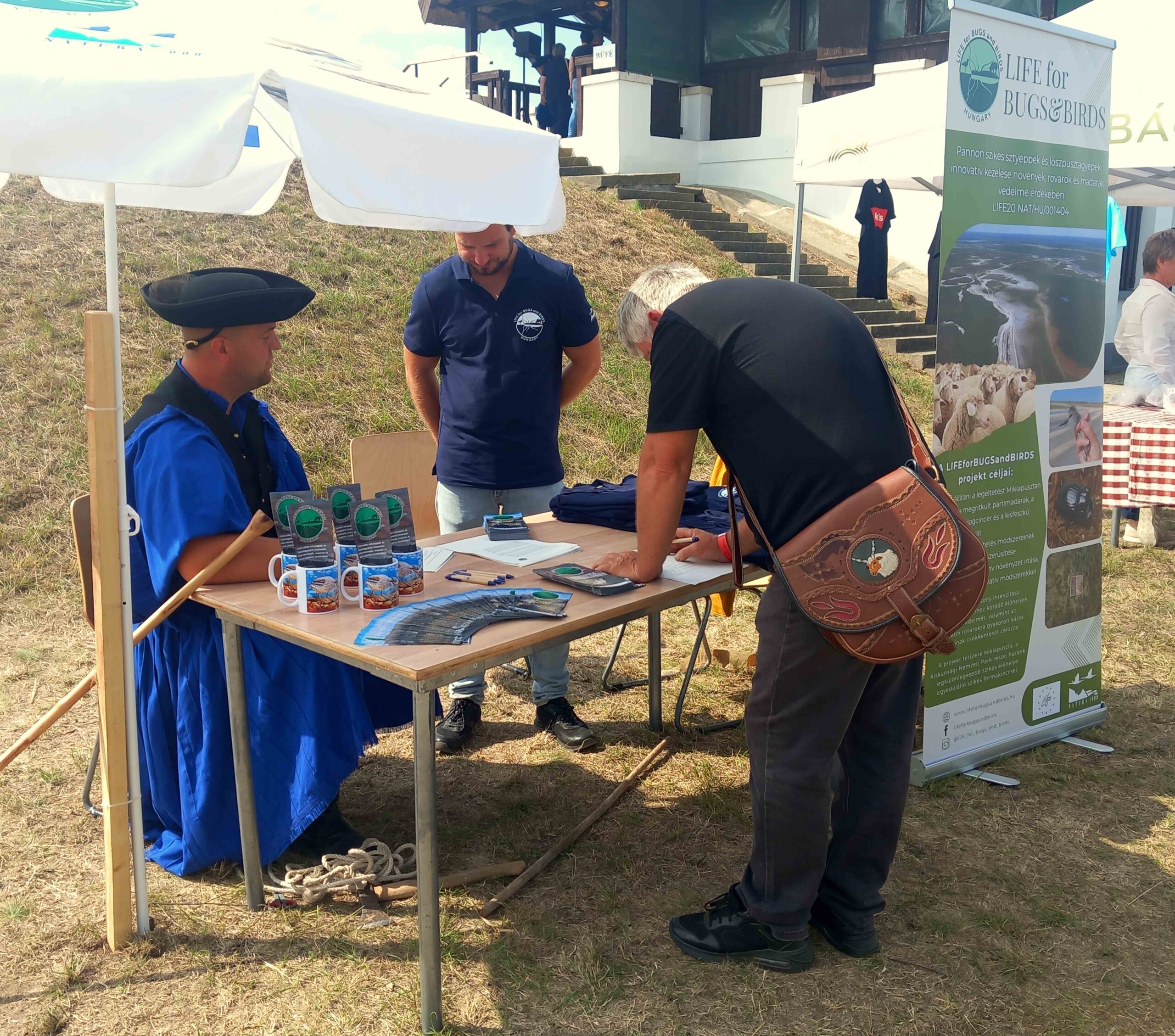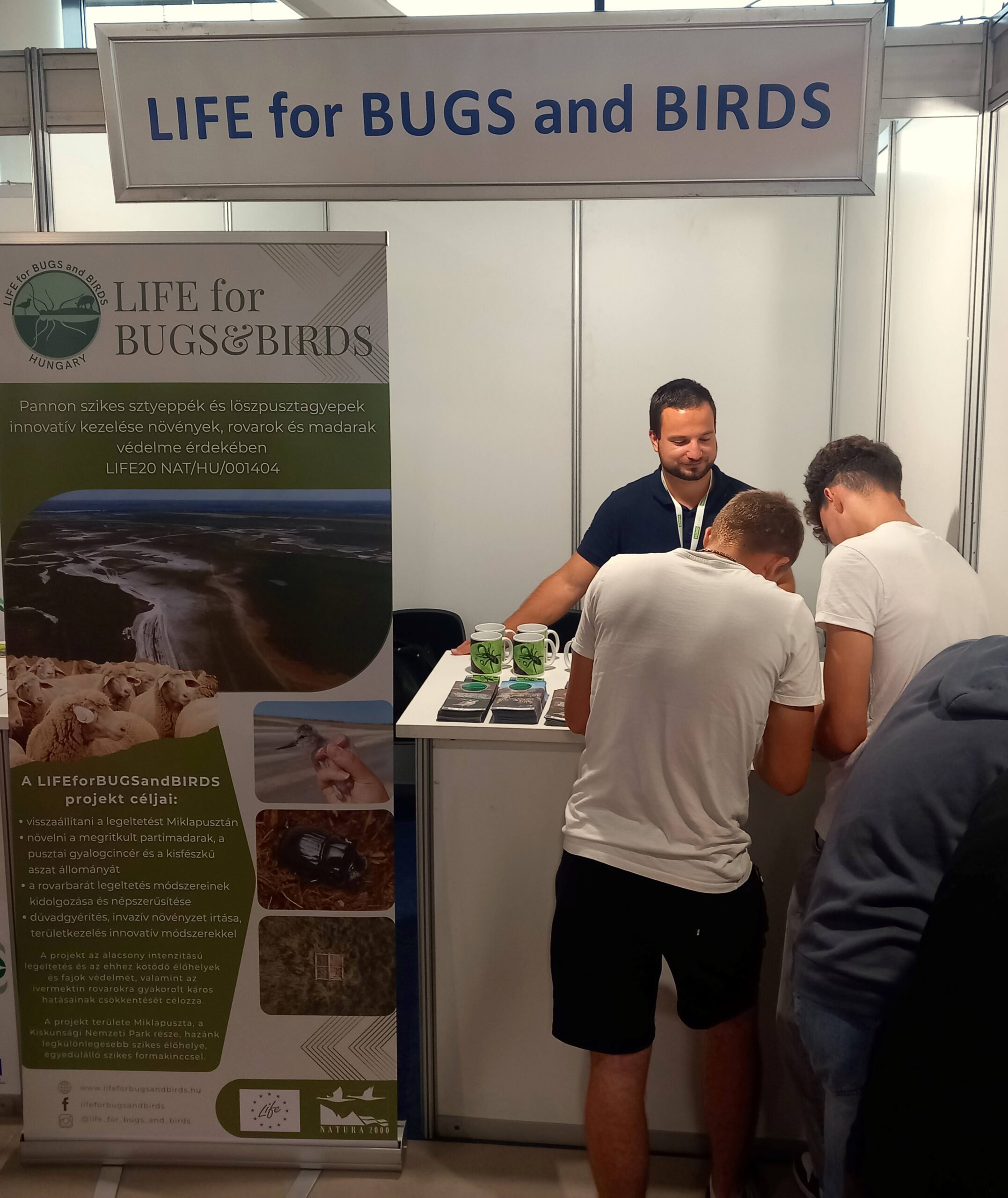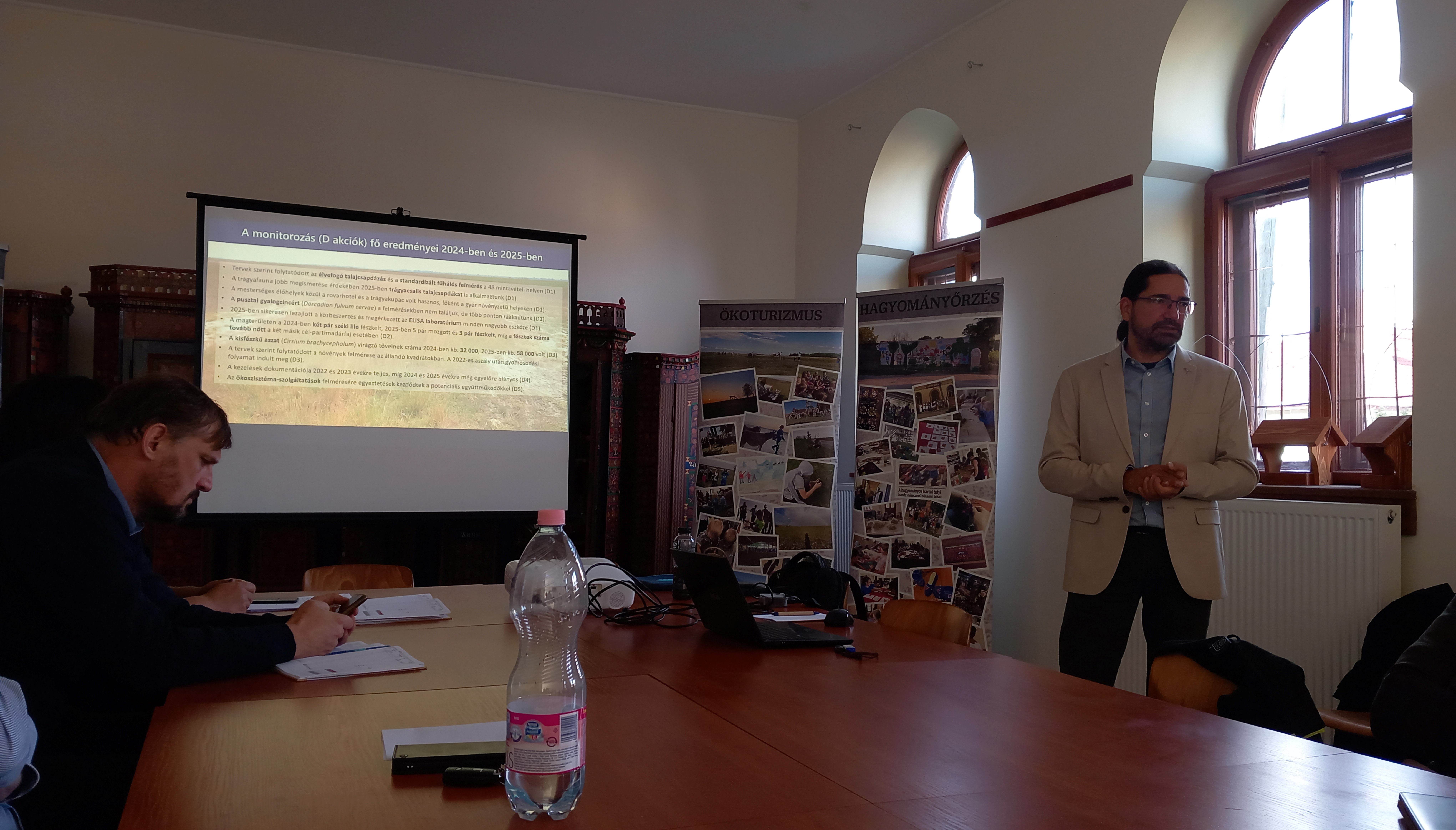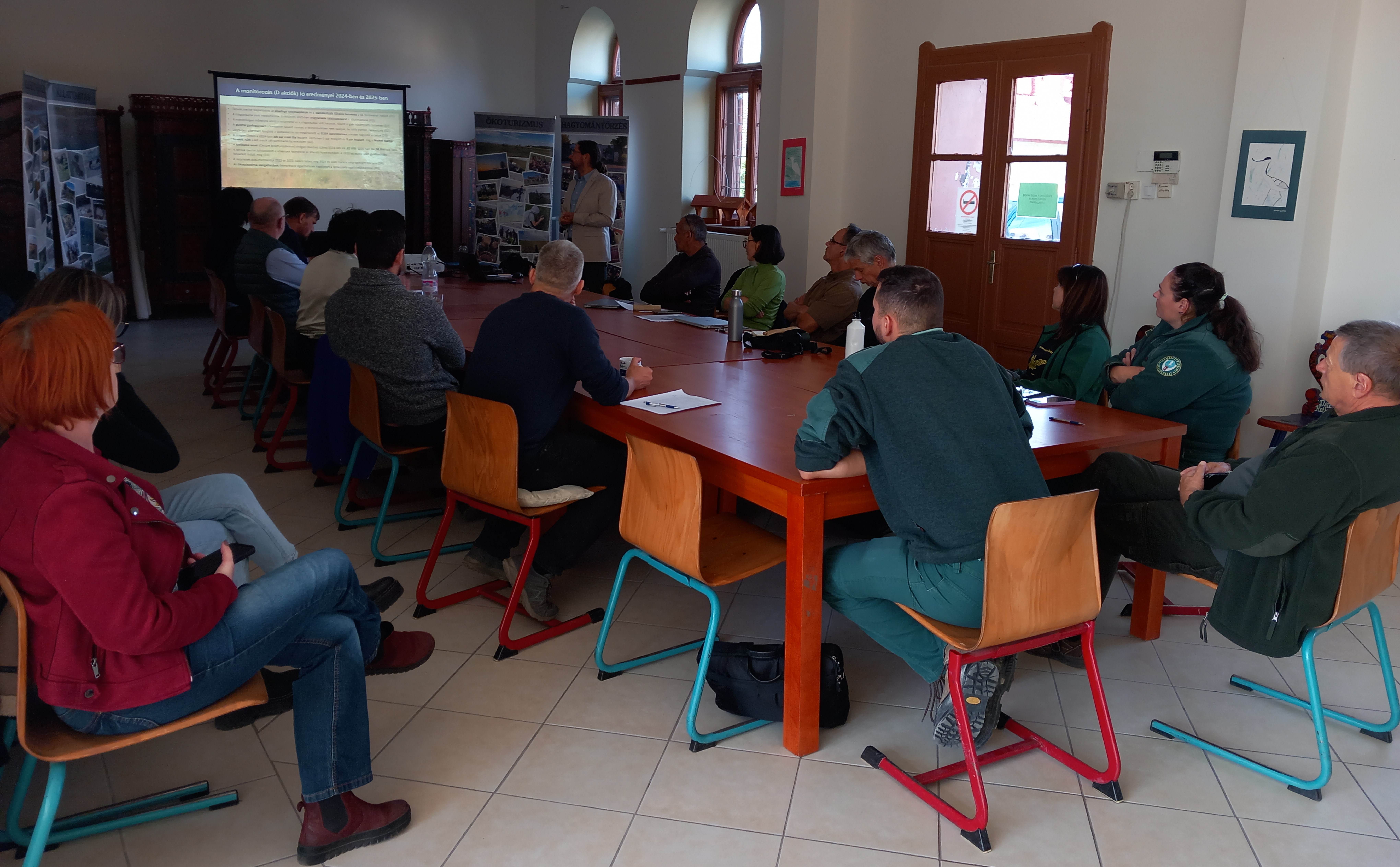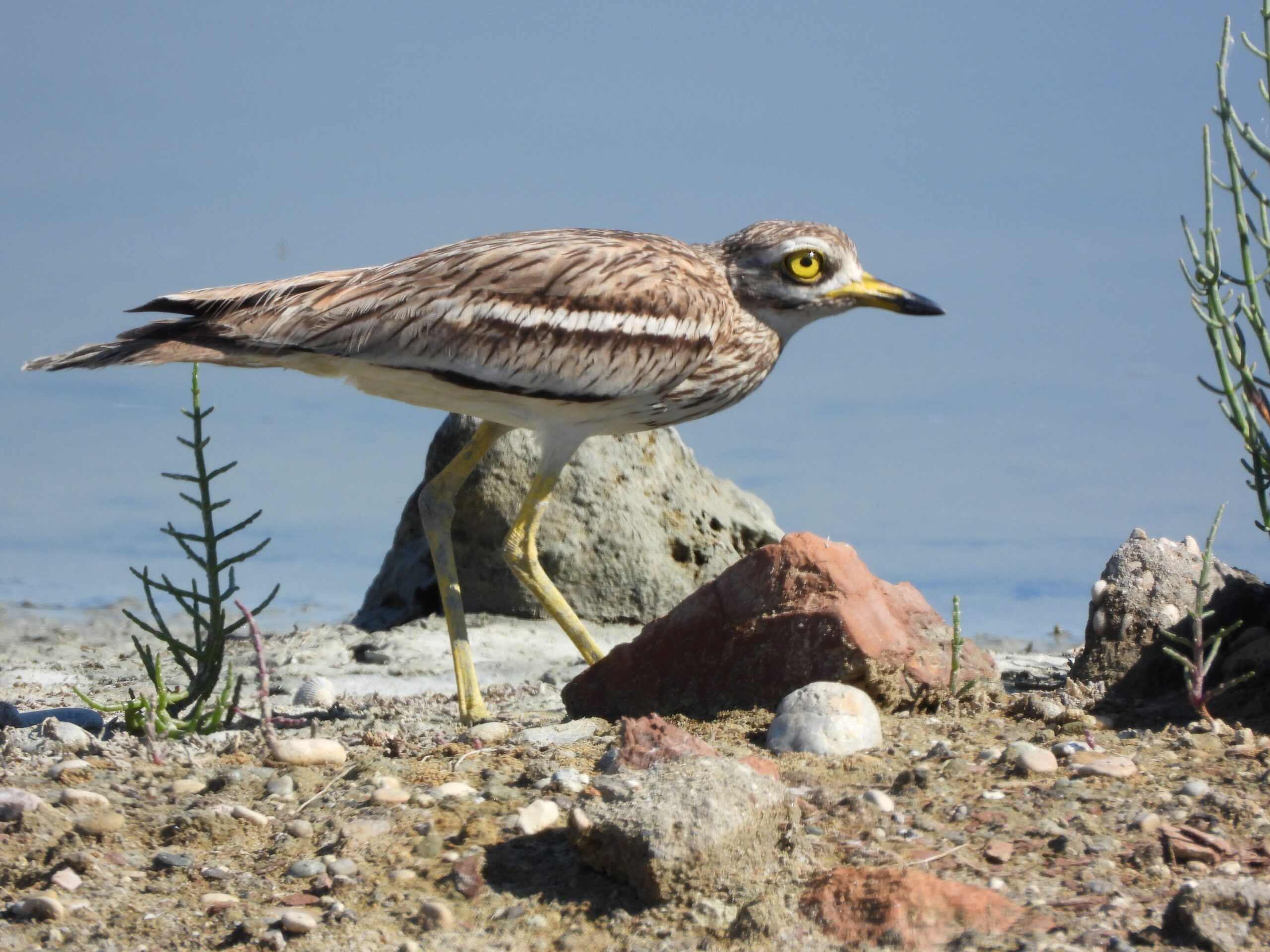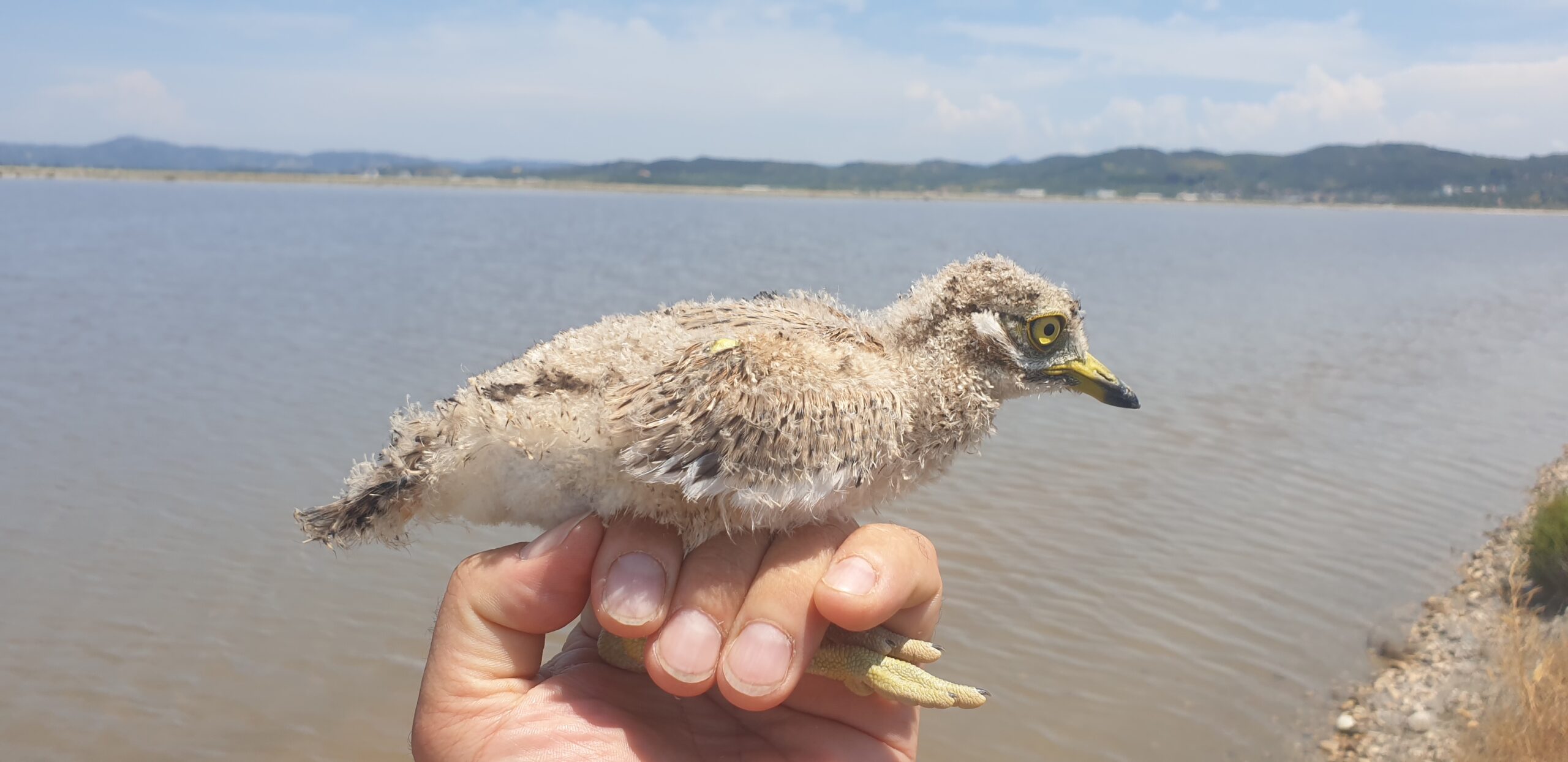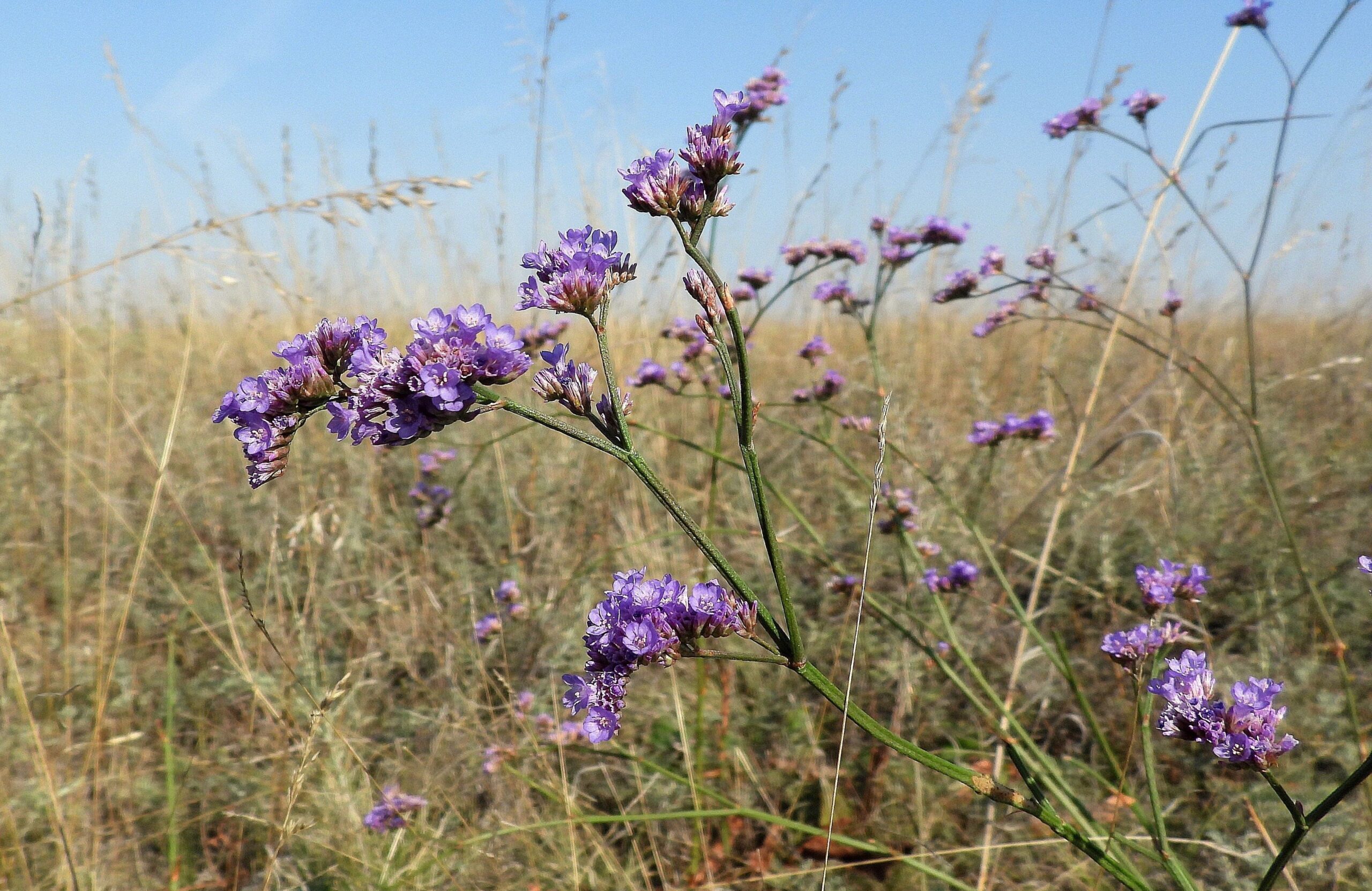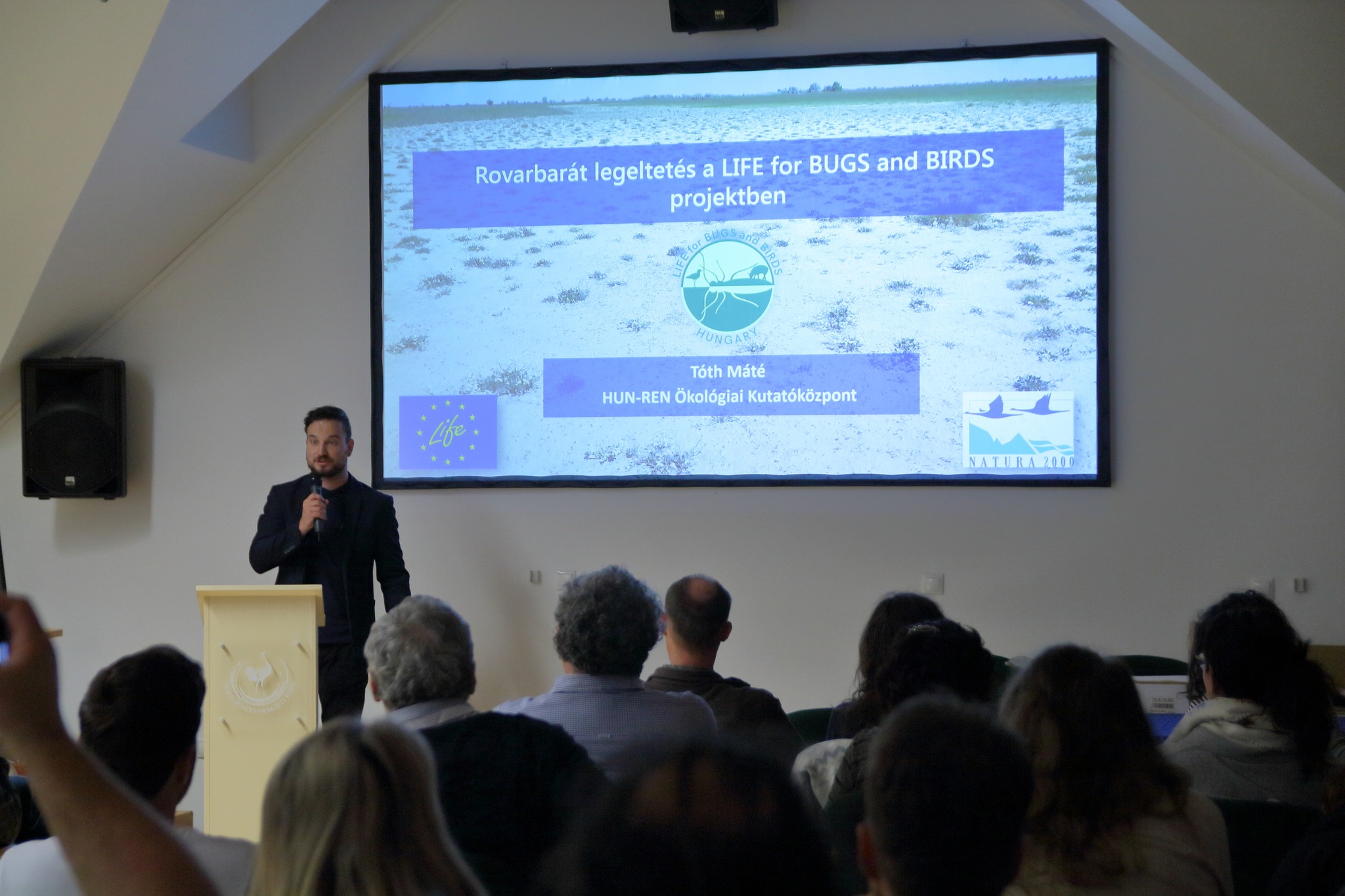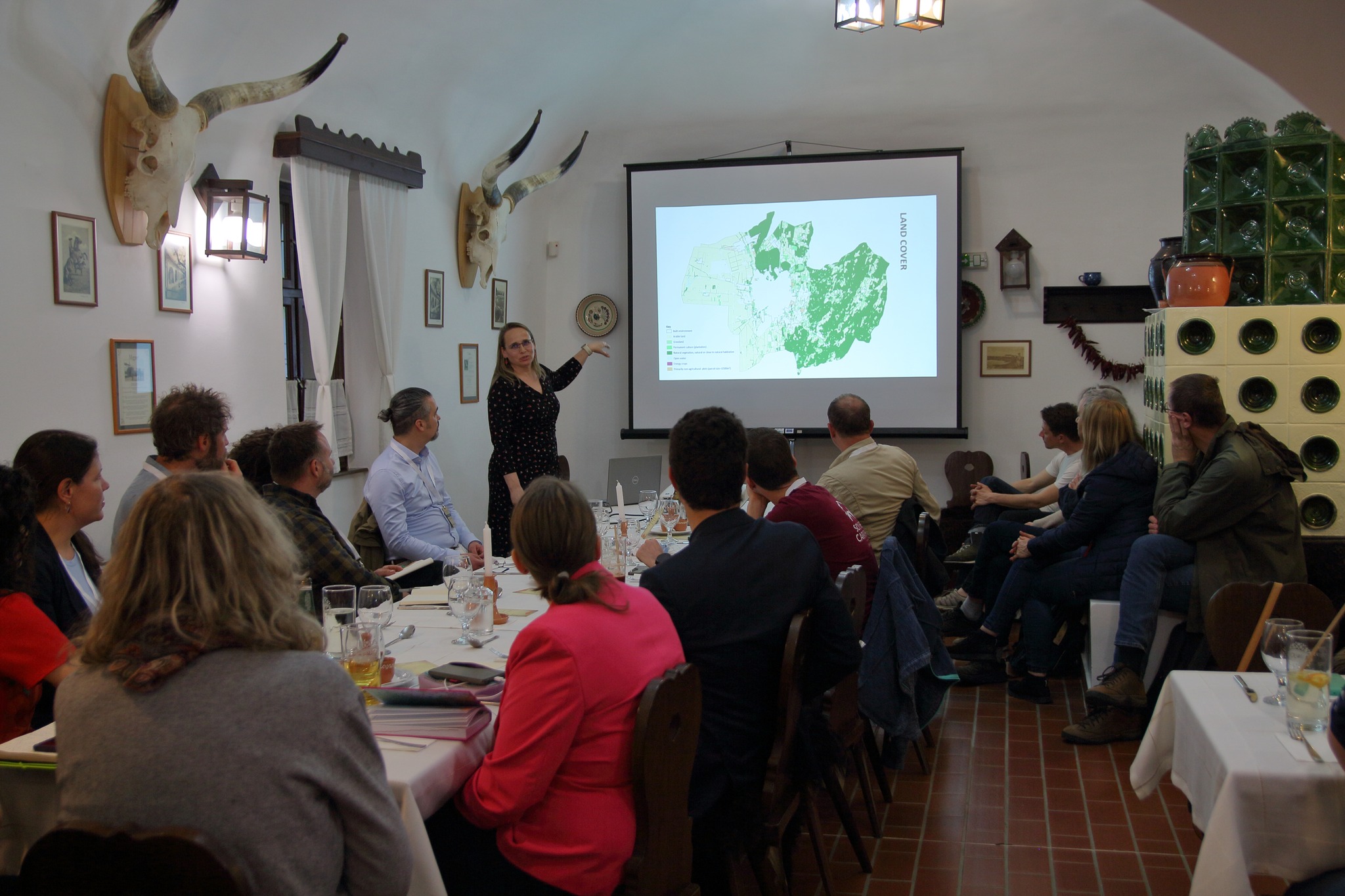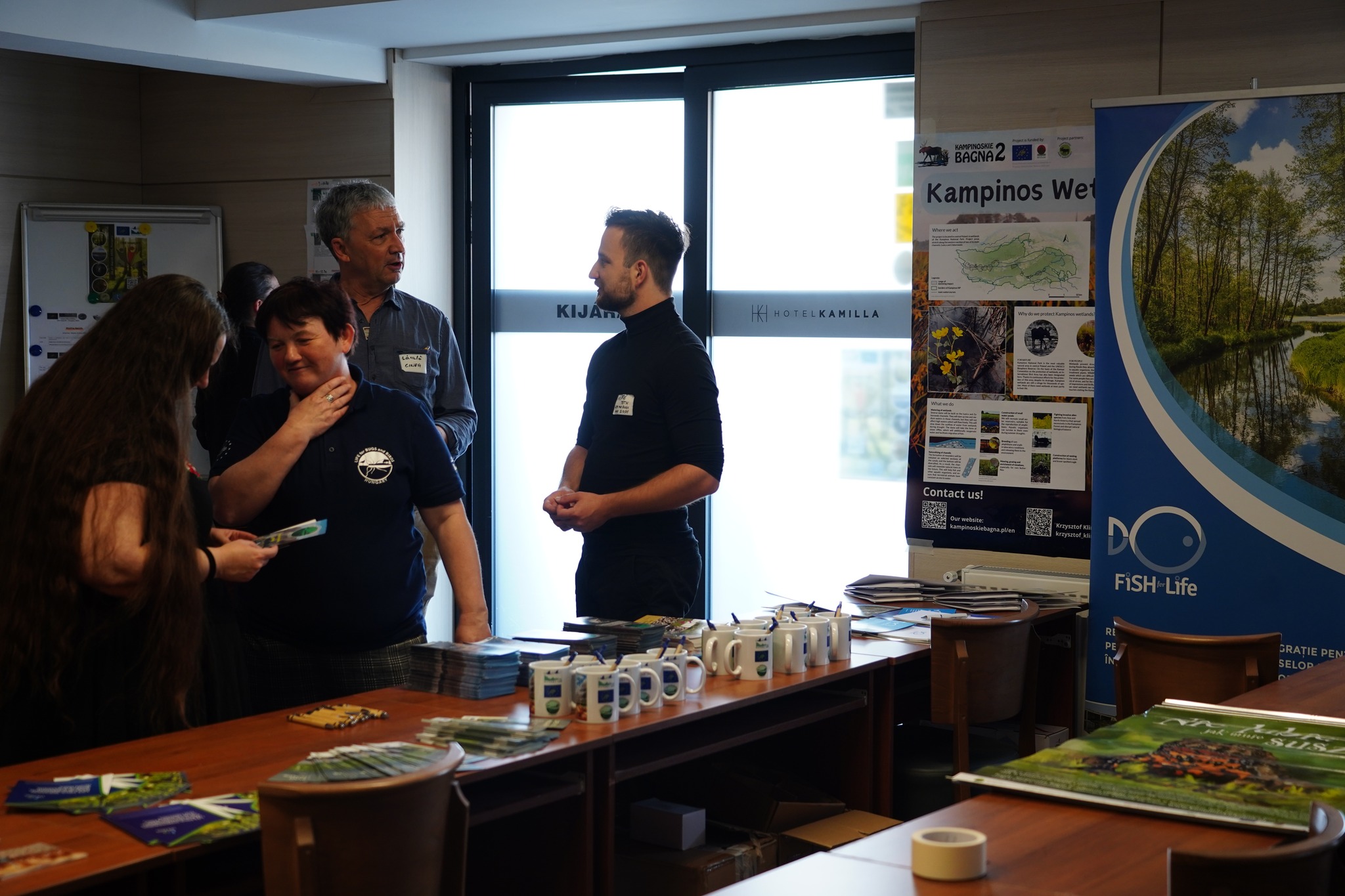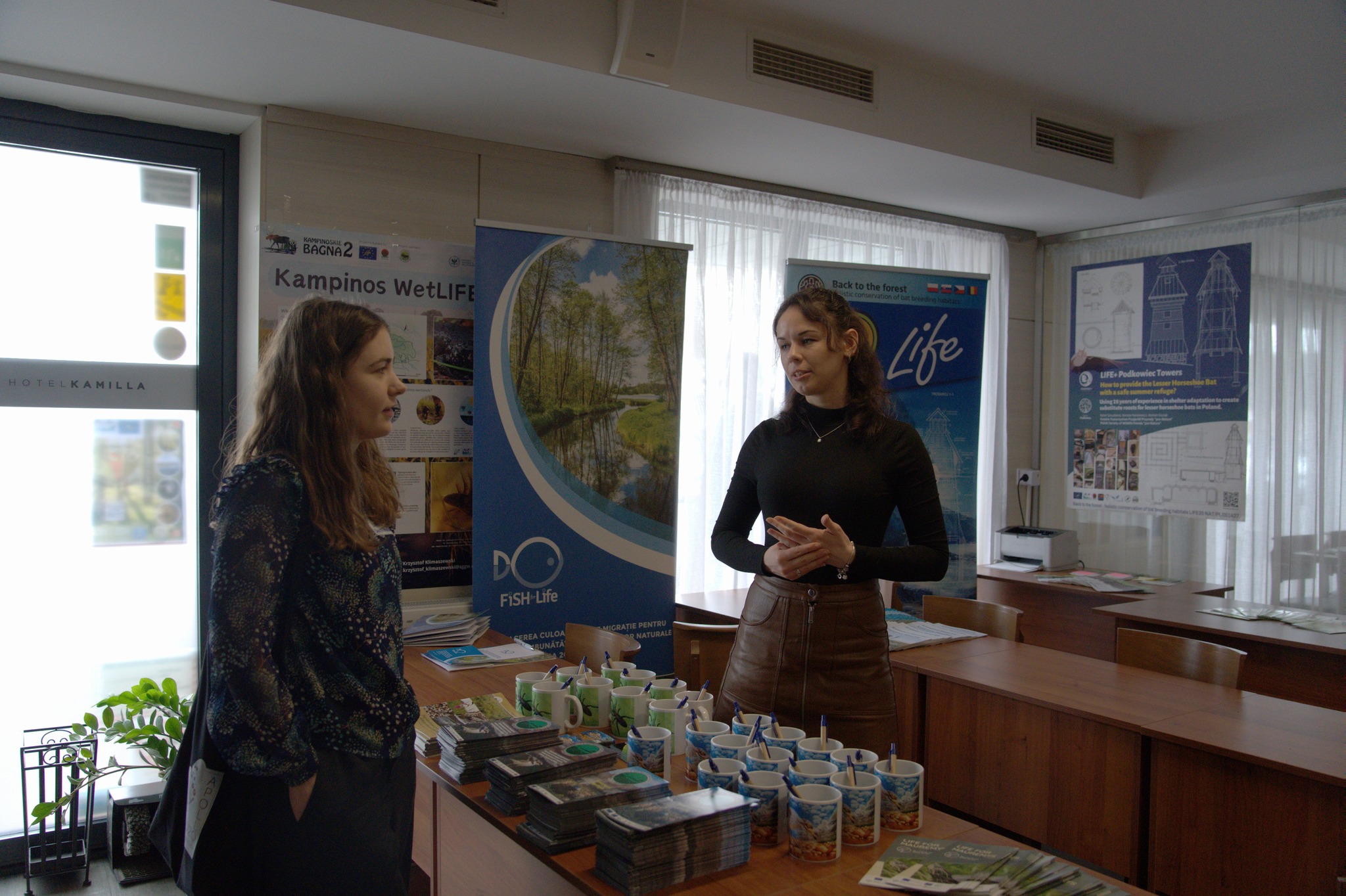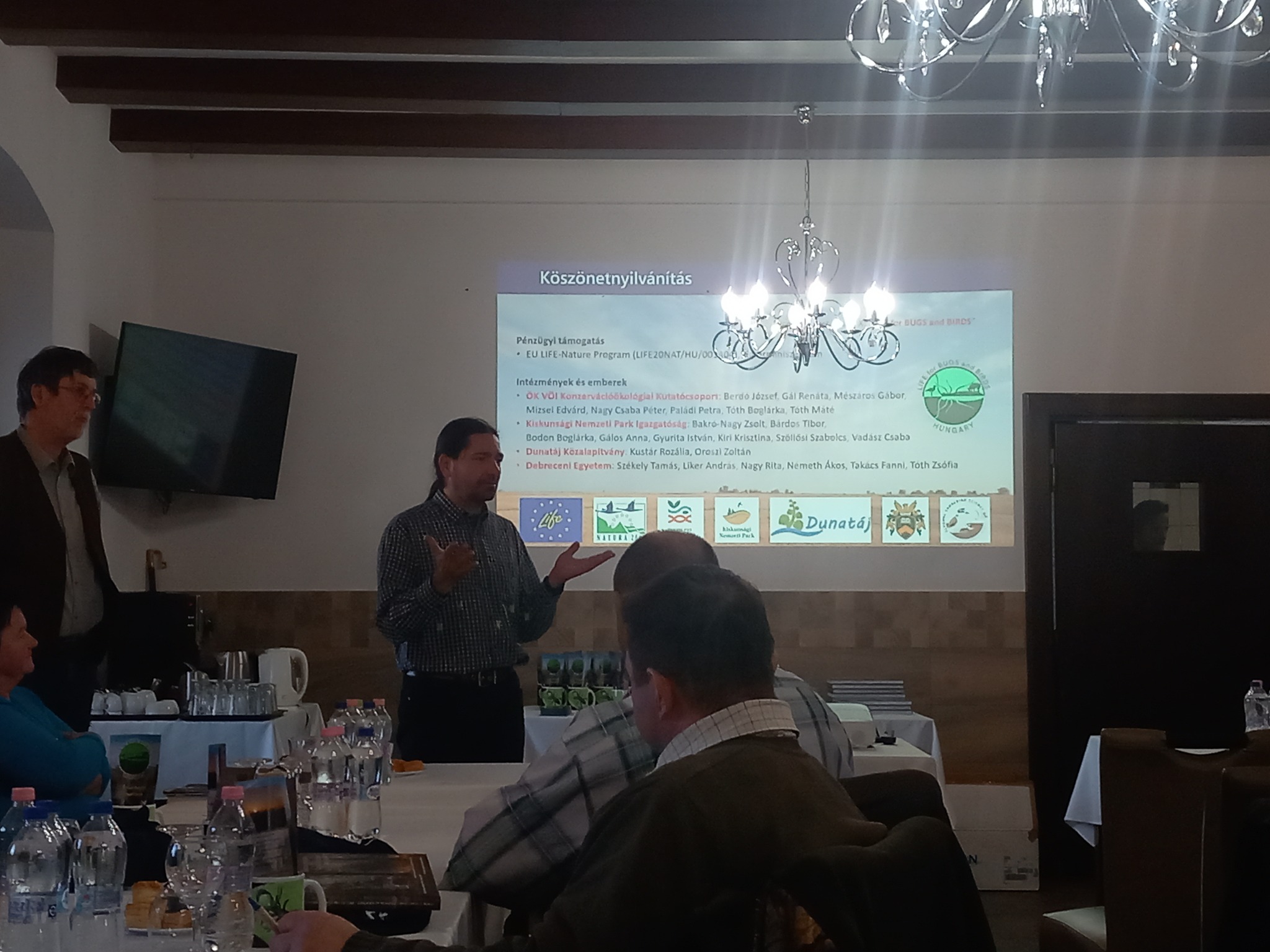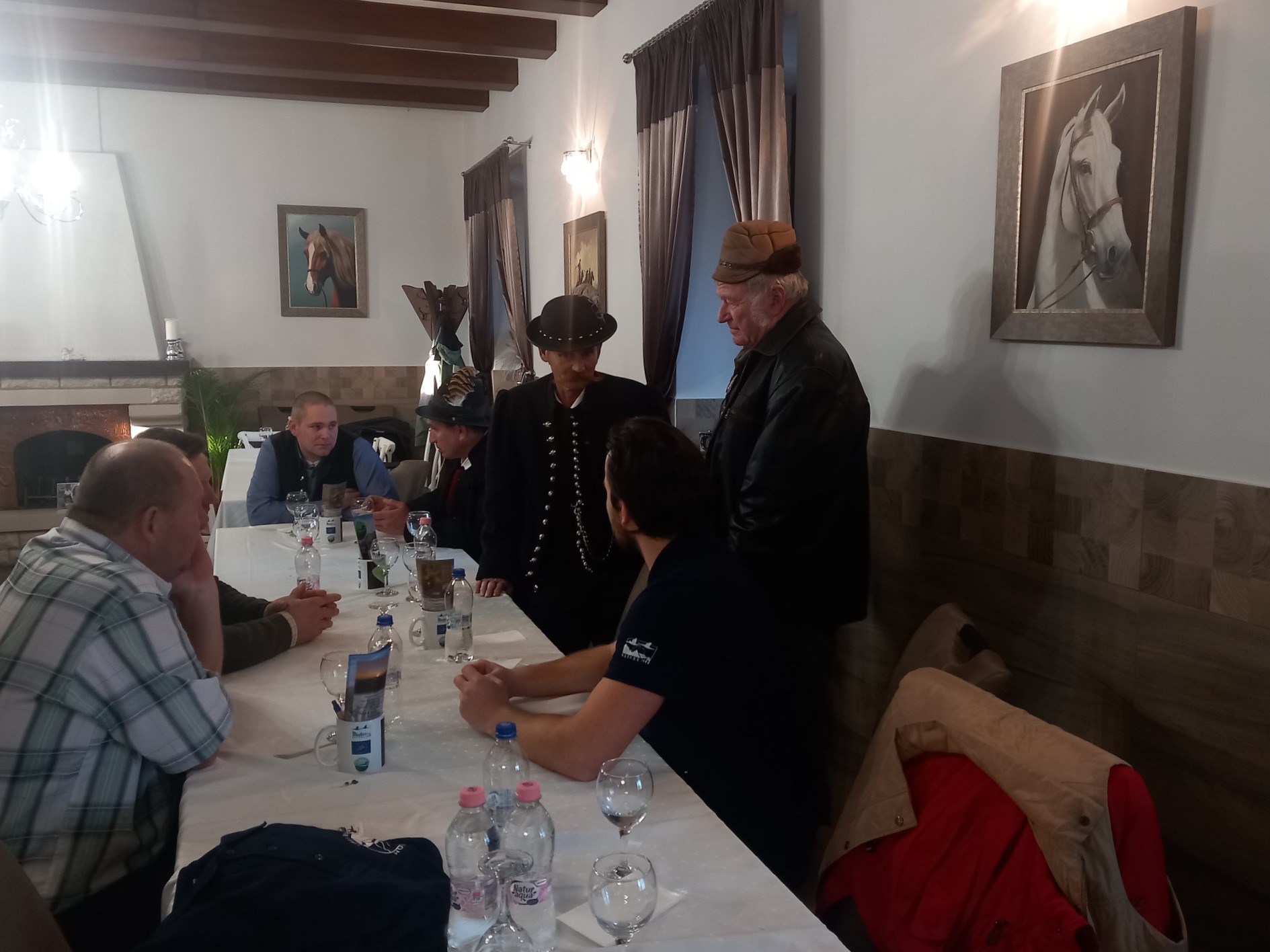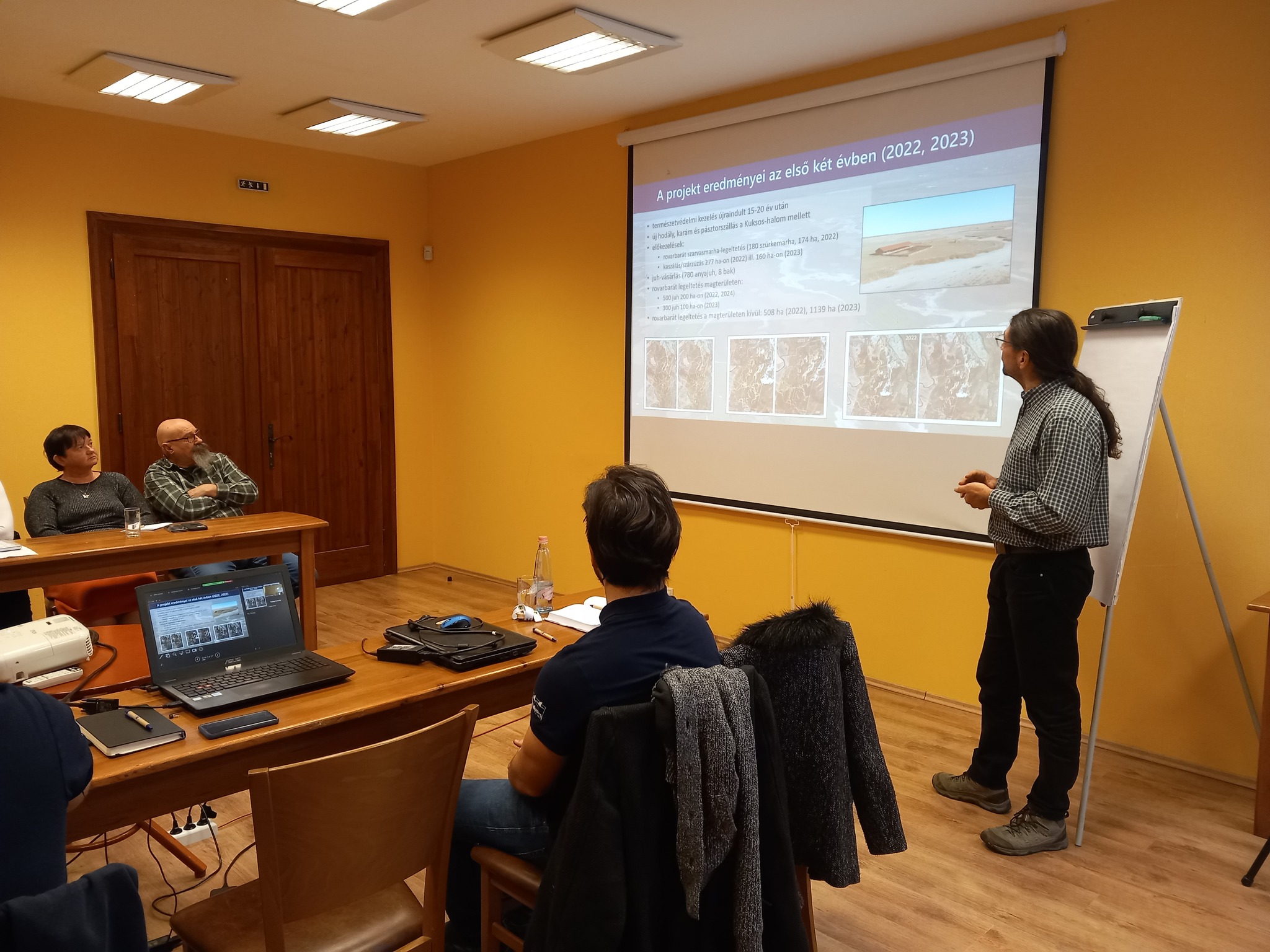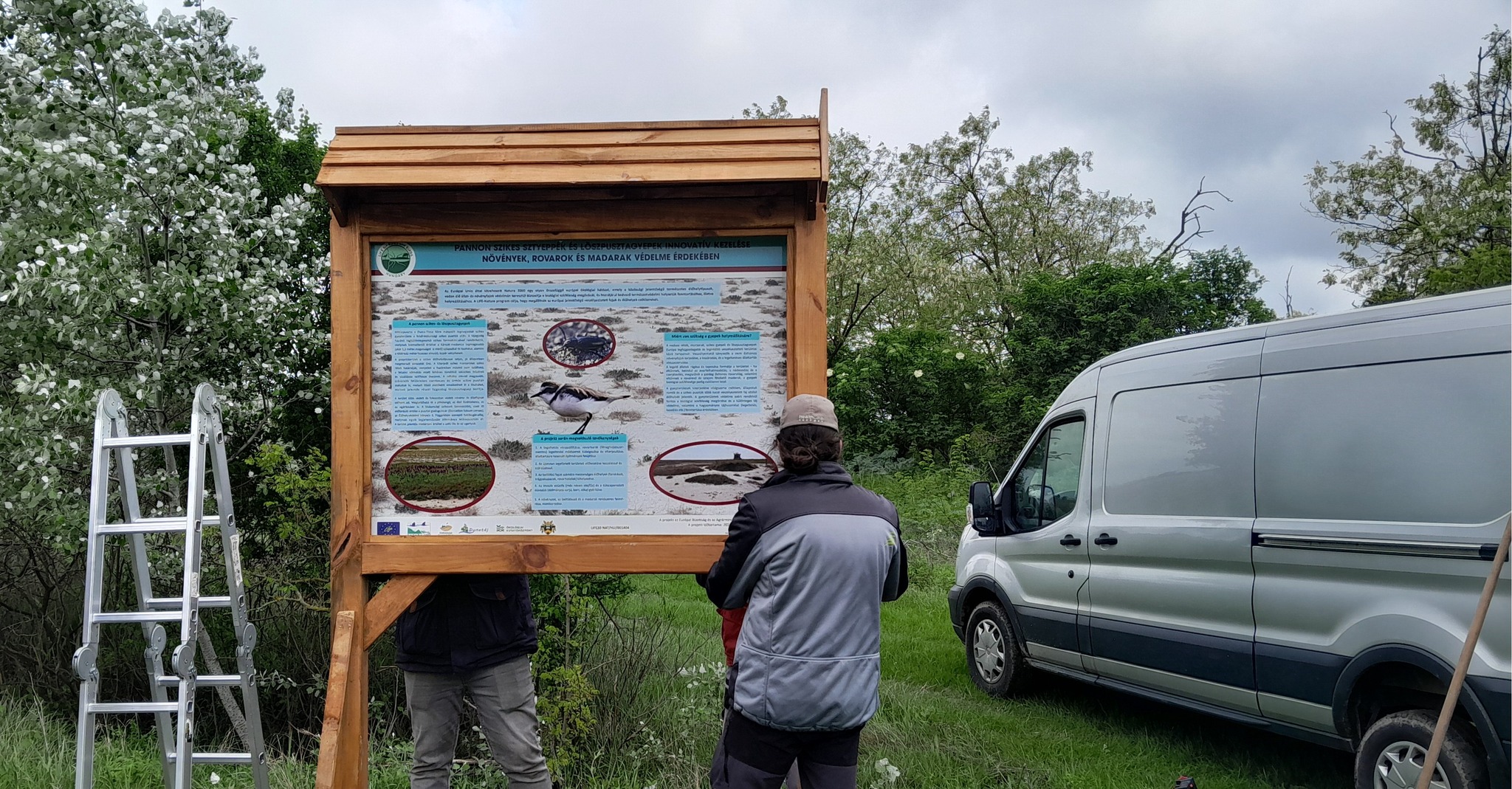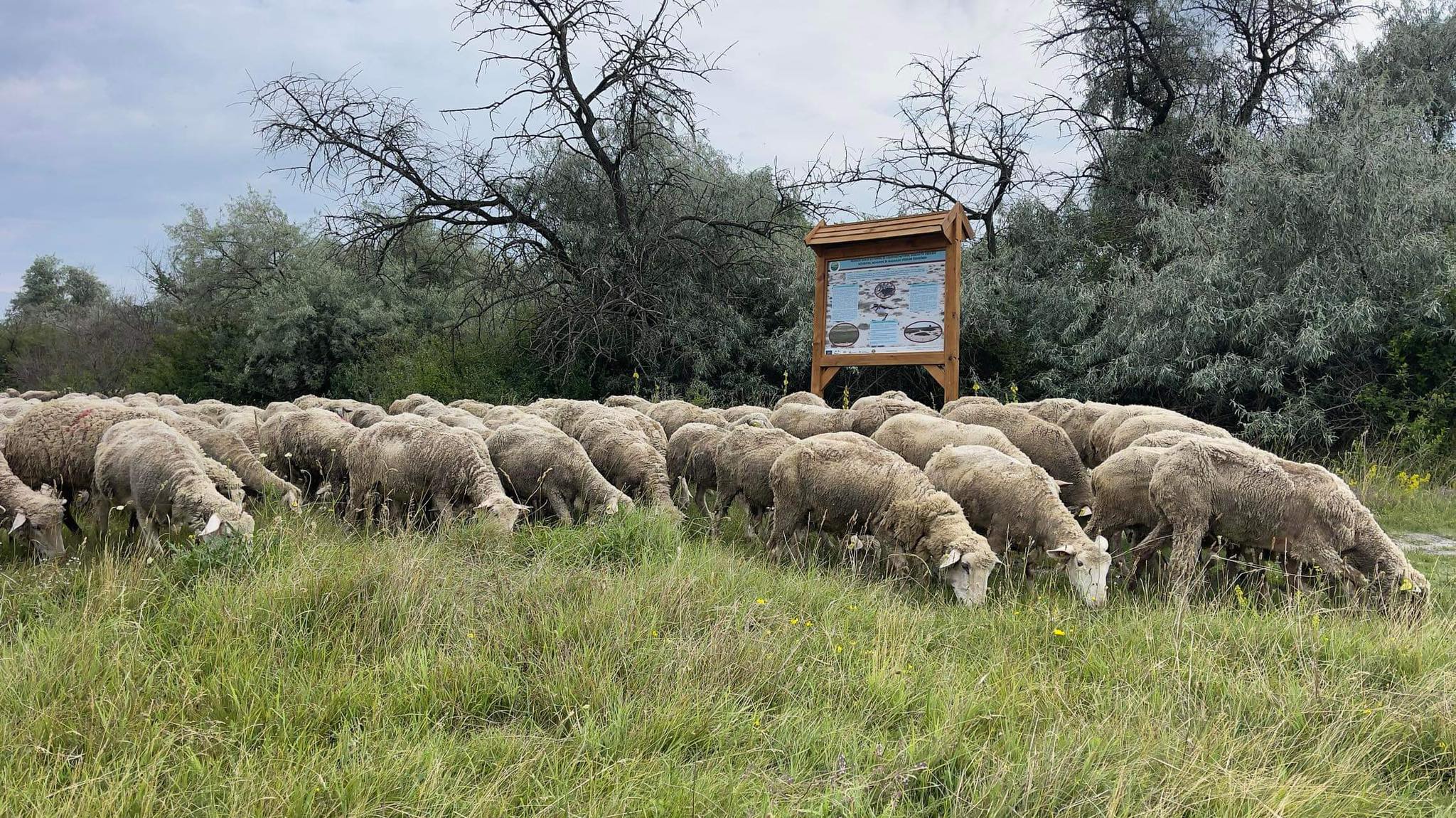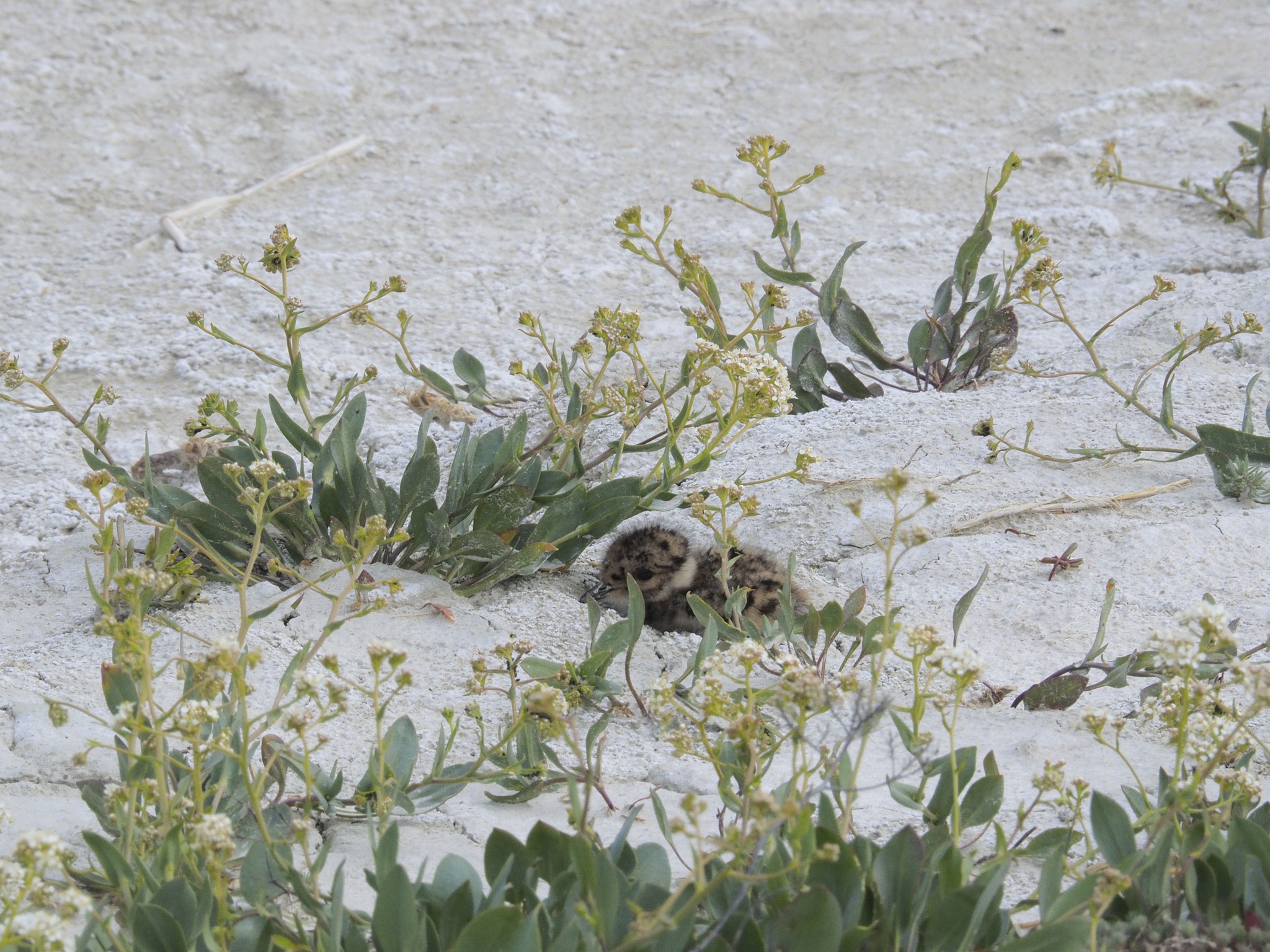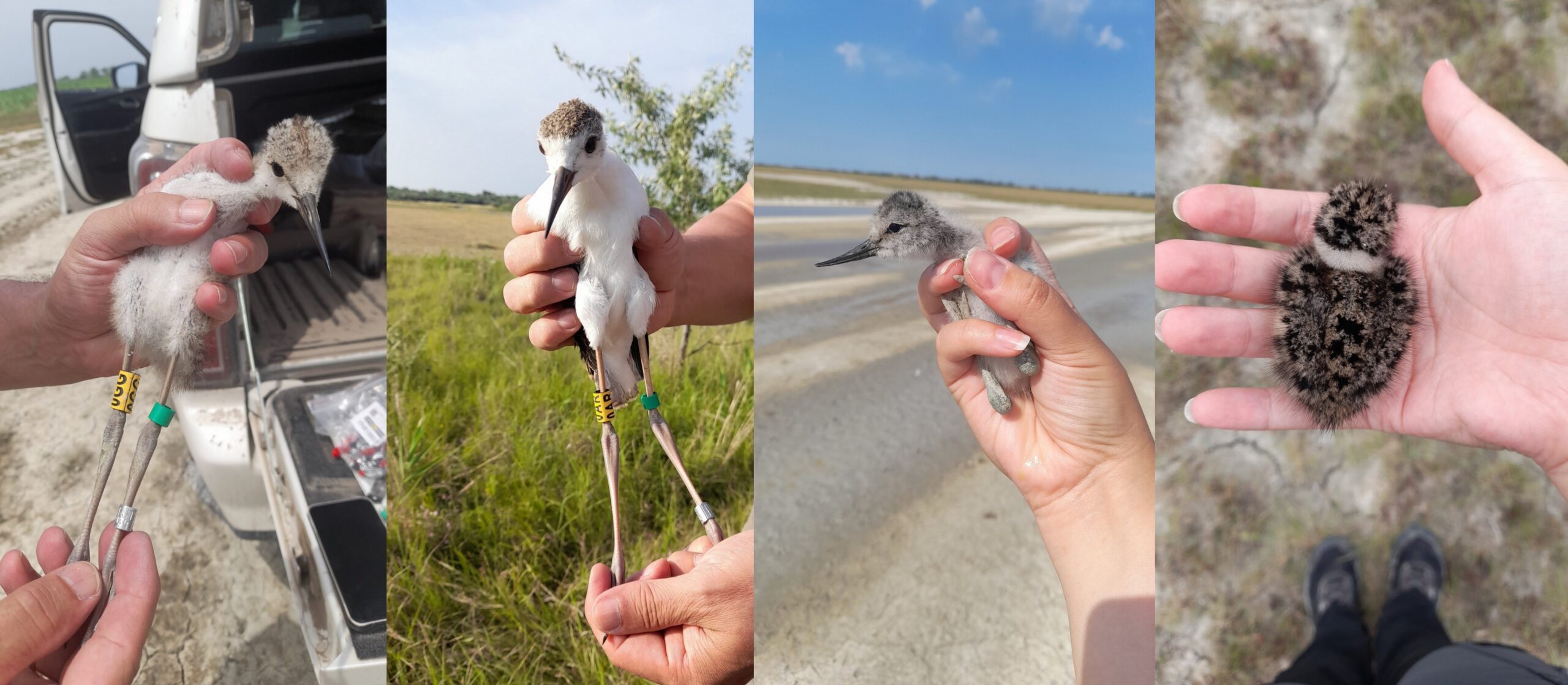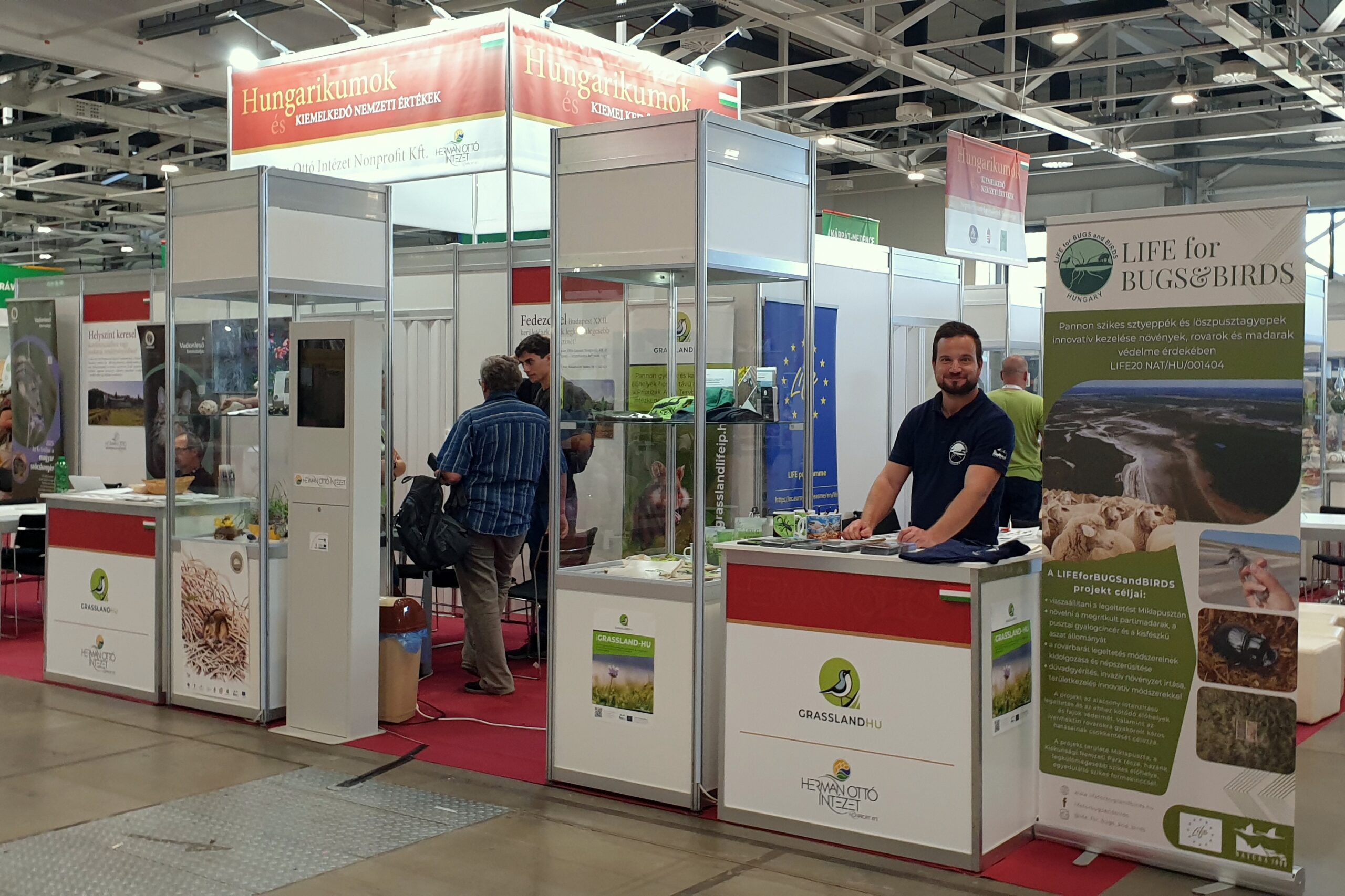
Over the past two months, we attended five events to promote the project and insect-friendly grazing methods among farmers.
In September, we participated in the ÖKO Expo Exhibition organized by the Hungarian Chamber of Agriculture in Debrecen, the 29th National Herders’ Competition, Shepherds’ Meeting and Shepherd’s Dance Competition in Hortobágy, and the National Agricultural and Food Exhibitions (OMÉK) in Budapest.
In October, interested parties could learn about our project at the Hortobágy St. Dömötör’s Day Drive-In Celebration, Crane Festival and Craft Fair, and in November at the University of Debrecen’s One Health Day event.
At these events, we consulted with more than 100 farmers and informed them about the harmful effects of ivermectin-based anti-worm veterinary drugs on nature and ways to avoid them.
